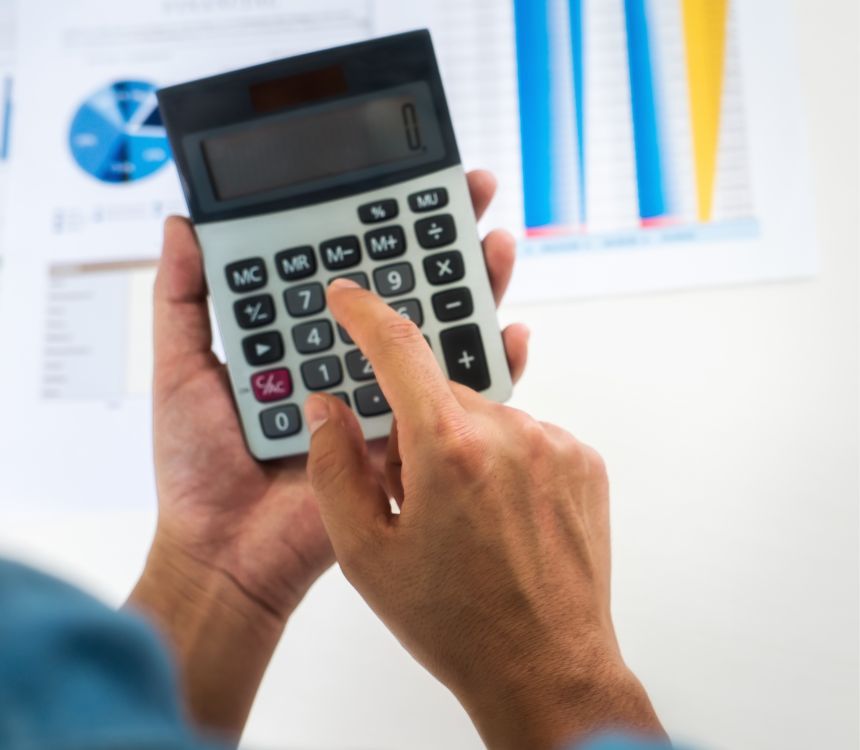When it comes to buying someone out of a house in the UK, whether due to a relationship breakdown, family arrangements, or other circumstances, the process can be complex. This guide breaks down how to calculate and manage the buyout process step by step.
Step 1: Determine the Property’s Current Market Value
The starting point is understanding the property’s current value. Here’s how:
- Get a Professional Valuation: Hire an estate agent or a chartered surveyor to provide an accurate market value. It’s wise to get multiple valuations for a well-rounded estimate.
- Online Tools: Use online property valuation tools for a general idea, but these should complement, not replace, professional input.
For example, if a house is valued at £300,000, this is the base figure for your calculations.
Struggling to Fund a Buyout?
Let Us Help You Secure the Right Mortgage!
Step 2: Calculate the Equity in the Property
Equity represents the portion of the property’s value that is owned outright (not covered by a mortgage). To calculate this:
- Outstanding Mortgage: Contact your lender to confirm the exact remaining mortgage balance.
- Equity Formula: Subtract the mortgage balance from the property’s current market value.
For instance:
- Market Value: £300,000
- Outstanding Mortgage: £150,000
- Total Equity: £150,000
Step 3: Assess Ownership Shares
Ownership is typically determined by the property deeds or any agreements made at the time of purchase.
Common scenarios include:
- Equal Ownership: Each party owns 50%.
- Unequal Ownership: One party owns a larger share (e.g., 60/40 split).
Using the example above, in a 50/50 arrangement:
Each party’s equity share is £75,000 (£150,000 ÷ 2).
Step 4: Agree on the Buyout Amount
The buyout amount is usually the selling party’s equity share. However, adjustments may be made for:
- Property Improvements: If one party invested significantly in renovations.
- Debts or Arrears: Shared liabilities that need to be settled.
For example:
- Selling Party’s Equity: £75,000
- Adjustments (e.g., for unpaid shared debts): £5,000
- Final Buyout Amount: £70,000
Step 5: Secure Financing
If you’re buying out someone’s share, you’ll need to ensure you can afford it:
- Savings: Use personal funds to cover the buyout.
- Mortgage: Apply for a remortgage or a new mortgage to include the additional amount.
For example, if the current mortgage is £150,000 and you need £70,000 for the buyout, the new mortgage would be £220,000.
Step 6: Handle Legal Formalities
Legal processes are crucial to finalising the buyout:
- Solicitor Assistance: A solicitor will prepare documents like the transfer deed (TR1 form) to update ownership.
- Stamp Duty Land Tax (SDLT): SDLT may apply, though there are exemptions in certain cases, such as divorces or separations.
Step 7: Update the Mortgage and Title Deeds
After reaching an agreement, these steps ensure everything is legally recorded:
- Lender Approval: The mortgage lender will assess your financial capacity to take on the entire loan.
- Update Land Registry: Your solicitor will register the new ownership with HM Land Registry.

Additional Considerations
Emotional Impact: For those buying out a partner or family member, emotions can run high. It’s essential to approach the process with sensitivity.
Capital Gains Tax (CGT): If the property isn’t your primary residence, CGT might apply.
Financial Advice: Seek professional advice to ensure the arrangement is financially sustainable.
Additional Considerations
- Capital Gains Tax (CGT): If the property isn’t your primary residence, CGT might apply.
- Financial Advice: Seek professional advice to ensure the arrangement is financially sustainable.
- Emotional Impact: For those buying out a partner or family member, emotions can run high. It’s essential to approach the process with sensitivity.
Example Calculation Recap
Let’s summarise with an example:
- Market Value: £300,000
- Outstanding Mortgage: £150,000
- Total Equity: £150,000
- Ownership Split: 50/50
- Buyout Amount: £75,000
With adjustments for debts or personal agreements, the final buyout figure may vary.
FAQs
Buying someone out involves acquiring their share of the property’s equity, resulting in you becoming the sole owner. This typically requires paying the co-owner their portion of the equity and possibly refinancing the mortgage to reflect the new ownership structure.
To establish the property’s current market value, consider:
Professional Valuation: Hire a qualified surveyor or estate agent for an accurate assessment.
Online Valuation Tools: Use these for a general estimate, but they should complement professional valuations.
Calculate equity by subtracting the outstanding mortgage balance from the property’s market value. Each owner’s share is determined based on the ownership agreement, which could be an equal split or another ratio.
Common financing methods include:
Remortgaging: Refinance the property to release funds for the buyout.
Personal Savings or Loans: Utilise personal funds or secure a loan to cover the co-owner’s share.
Consulting a mortgage advisor can help identify the most suitable option.
Yes, consider the following potential expenses:
Stamp Duty Land Tax (SDLT): May apply depending on the transaction details.
Legal Fees: Solicitor costs for handling the transfer of equity.
Valuation Fees: Charges for professional property valuation.
Early Repayment Charges: Possible fees if the existing mortgage is paid off early.
The duration varies but generally spans from a few weeks to several months, depending on factors like property valuation, financing approval, and legal formalities.
If affordability is an issue, consider:
Negotiating a Payment Plan: Arrange to pay the co-owner over time.
Selling the Property: Sell the house and divide the proceeds.
Seeking Alternative Financing: Explore other financial avenues or assistance.
Consulting a financial advisor can provide personalised guidance.
Yes, engaging a solicitor is essential to handle the legal aspects, including drafting the transfer deed, ensuring compliance with regulations, and updating the Land Registry.
Here are some frequently asked questions (FAQs) to provide clarity on the process:
A Transfer of Equity involves changing the ownership structure of a property, such as adding or removing an individual from the title deeds. In a buyout, this process transfers the co-owner’s share to you, making you the sole owner.
Potential tax considerations include:
Capital Gains Tax (CGT): May apply if the property is not your primary residence.
Stamp Duty Land Tax (SDLT): Could be payable depending on the transaction value and circumstances.
Consult a tax advisor to understand your specific situation.
In a joint tenancy, co-owners have equal shares, and the property automatically passes to the surviving owner upon death. In a tenancy in common, owners can have unequal shares, and each owner’s share can be bequeathed separately. Understanding your ownership structure is crucial when calculating a buyout.
Forcing a sale can be complex. If an agreement cannot be reached, legal action may be necessary, which can be time-consuming and costly. It’s advisable to seek mediation or legal advice to explore your options.
Continue Reading
Mortgage brokers first-time buyers London
Family offset mortgages vs. traditional mortgages
Self-employed mortgages London
How do you buy someone out of a mortgage?
Can you add someone to a mortgage?
How to buy a house with no deposit and bad credit
Single brick construction mortgage
How much can I borrow for a mortgage?
Mortgage with a gifted deposit
Joint mortgage with bad credit
